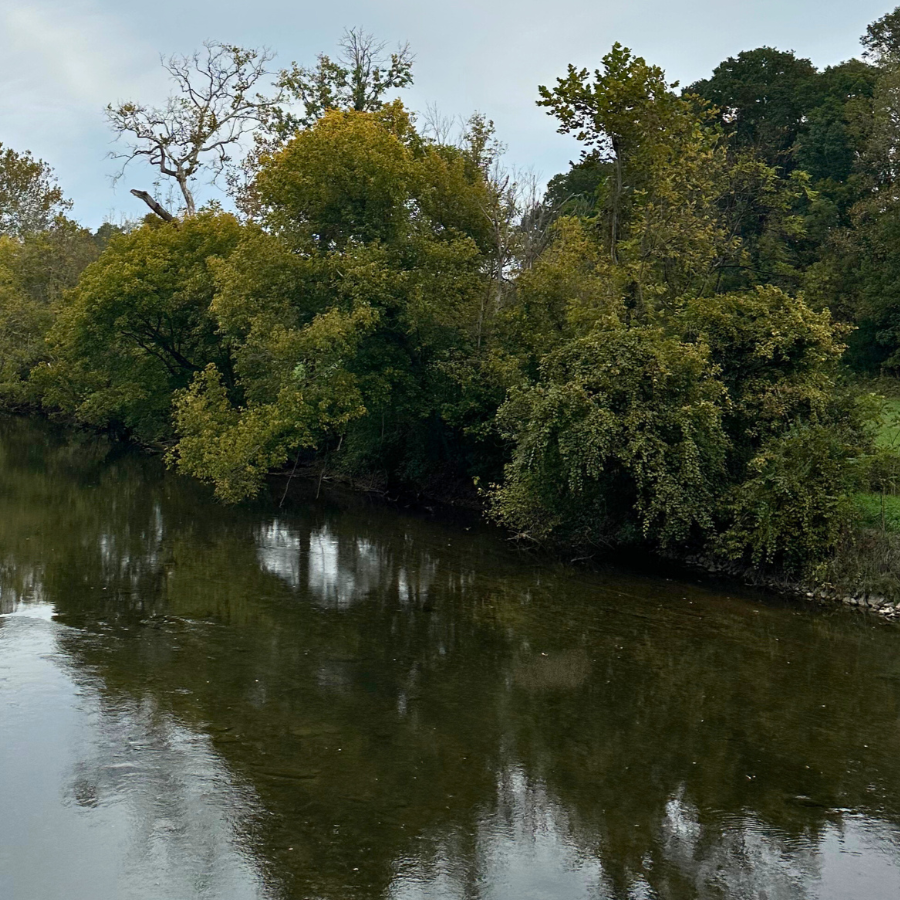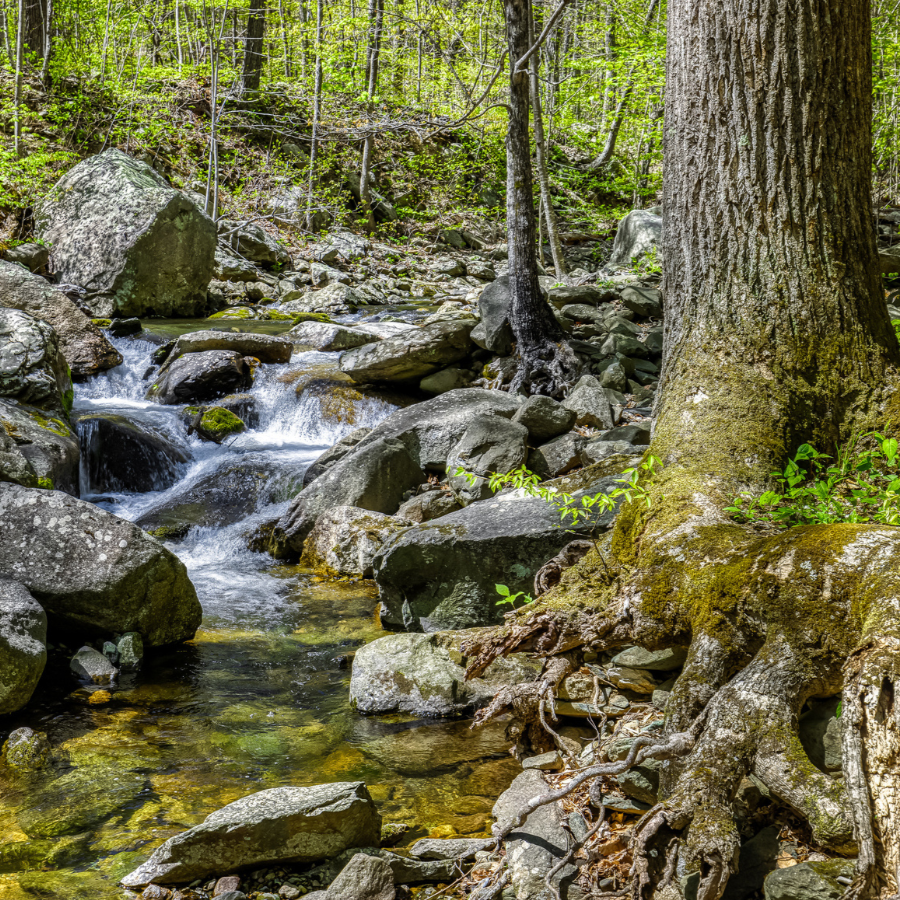Who’s that fin? Mystery dolphin in the Potomac River puzzled researchers (PART 1)
/Ask an Expert: Verena Conkin, Potomac-Chesapeake Dolphin Project
IMAGE COURTESY OF Verena Conkin, THE POTOMAC-CHESAPEAKE DOLPHIN PROJECT. TAKEN UNDER NMFS Permit No. 23782
Verena Conkin
Biologist and PhD Candidate at Georgetown University studying dolphin behavior and ecology with the Potomac-Chesapeake Dolphin Project
When the Potomac-Chesapeake Dolphin Project (PCDP) began in 2015, we quickly learned that this area is a seasonal home to hundreds, if not thousands, of dolphins. The shallow waters of the Potomac River and Chesapeake Bay appear to be ideal habitat for dolphins to birth and raise their young – yet another reason for restoring the region’s water quality.
To keep up with the deluge of dolphins, the PCDP team had to quickly come up with protocols for tracking the hundreds of dolphins we see each year. We photograph every dolphin we see on the water and assign them a number, and repeat visitors receive names.
IMAGE COURTESY OF Verena Conkin, THE POTOMAC-CHESAPEAKE DOLPHIN PROJECT. TAKEN UNDER NMFS Permit No. 23782
How we name dolphins
Over the course of their life, dolphins acquire small nicks and marks on their dorsal fins that give each one a unique contour. This allows us to keep track of who is who, and which dolphins we’ve seen before.
If we see the same fin over the course of at least two separate years, we select a unique name for them, choosing from important historical and cultural figures of all backgrounds.
At times, we have turned to the public for help with naming. In 2019, Potomac Conservancy ran a contest to name two dolphins. When the votes were tallied, we welcomed “Chessie” and “Mac” into our catalog!
Over the years, we have identified over 2000 unique dolphins in our catalog, and newcomers keep cropping up.
In my early weeks on the boat during our 2023 field season, I was amazed at how easily the more experienced researchers could quickly call out the names of the dolphins around us. Still, after a few weeks of practice, I began recognizing individual dolphins, either ones I had photographed earlier in the summer or distinctive shapes from our fin book.
But perhaps the more exciting moments were the cases on the boat where everyone was stumped – a dolphin we felt we must have seen but couldn’t identify.
Who’s that fin?
With so many young calves in the area, I became interested in why this area is so important for birthing and raising calves.
To understand this, we began conducting what is called a 'focal follow' where we systematically record the behavior and associates of a single mother-calf pair for a set time. The advantage of this method is that we gain insight into the life of the individual and are less distracted by the antics of the entire group.
The lower Potomac is an ideal spot for this work: there are plenty of newborn dolphins each year, easily identified by their small size and the presence of fetal lines. These vertical stripes stand out against the rest of the baby’s skin, showing where it was curled up in utero, and they fade after a few months.
On June 25, 2023, we came across a large group spread over at least half a kilometer. Dolphins of all ages and sizes swam along in the shallows, moving southeast along the coast. As we made our way through the group, attempting to photograph each dolphin, we counted upwards of a dozen newborns and an estimated 100 dolphins were cruising along together.
An hour and a half later, after documenting as many individuals as possible, we looked for a focal mother to follow. We zeroed in on a pair towards the back of the group: a female with a distinctive notch at the top of her fin and her teeny newborn with clear fetal lines.
Choosing a distinctive fin helps keep track of one individual, especially in large groups, and it’s much easier to match them to our existing catalog.
For the next hour, we kept her in sight, carefully documenting everything she and her baby did. I drew a sketch of her fin on our data sheet after we finished, and we passed around the fin book, scanning for possible matches. With such a distinctive fin, we thought we’d surely be able to pin down her name quickly, but we were left wondering “Who could she be?”
IMAGE COURTESY OF Verena Conkin, THE POTOMAC-CHESAPEAKE DOLPHIN PROJECT. TAKEN UNDER NMFS Permit No. 23782
Once back on land, I started looking through the photos I captured on the boat, curious to know more about this mother and calf. I tried to match the mother with our regularly sighted dolphins, but no luck. Everyone was stumped.
The PCDP is part of a larger network of research projects along the East Coast, and each year we submit our data to the Mid-Atlantic Bottlenose Dolphin Catalog (MABDC), curated at Duke University. Over 30 collaborators submit their dolphin sightings, making a rich collection of records, some dating back to the 1970s. So we sent the image to the curator of the MABDC, Kim Urian, hoping it would be a match with someone else’s catalog.
Kim responded almost immediately – yes, I know her! With the help of other scientists, we unraveled a detailed history.
Stay tuned for Part 2 next month when Verena reveals the mystery mother and her fascinating journey. Sign up for our River Update email below to receive Part 2 in your inbox!











